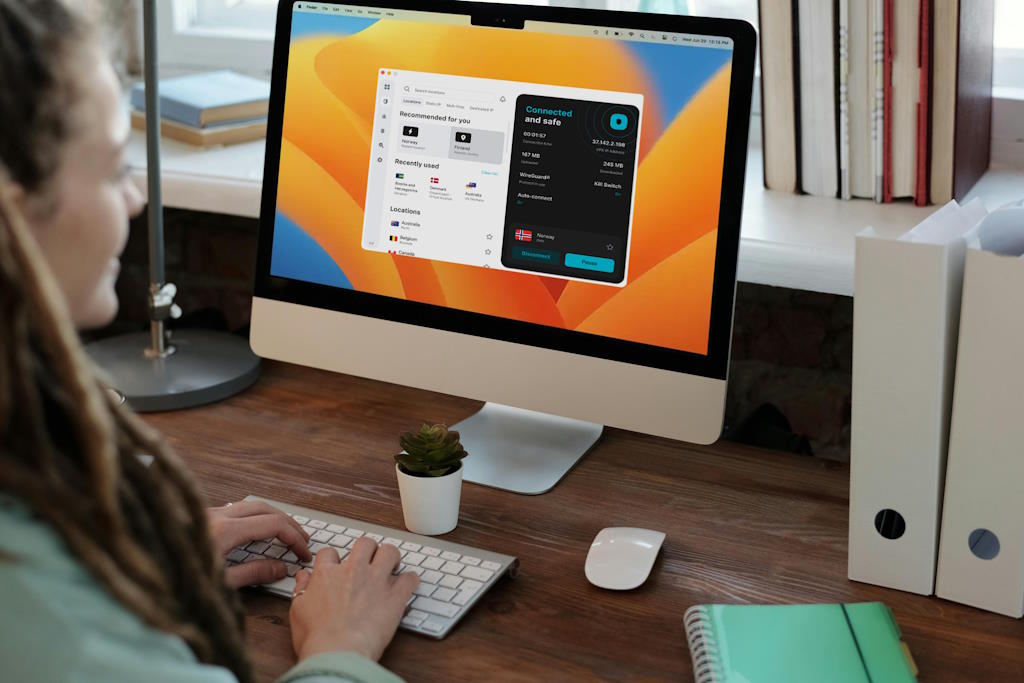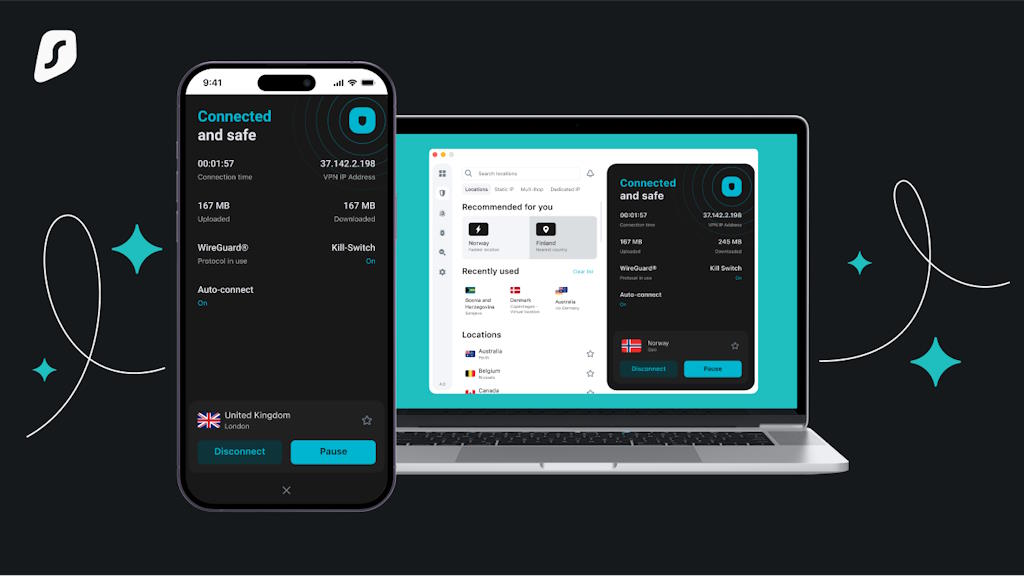Public Wi-Fi: Convenience at a Cost – What You Need to Know
Thanks to public wi-fi, there are almost limitless opportunities to get online when you’re out and about—and you don’t even have to use your own data to do it.
Every coffee shop, airport, train station, theme park, hotel, supermarket, campsite, holiday resort, prison, and municipal playground has its own public wi-fi these days.
Many of these networks are password protected, forcing you to register an account—though sometimes you hit the jackpot and find one that’s completely free to join. What a time to be alive!
But there’s an enormous cloud behind this silver lining.
In fact, if you look a bit closer you might notice that the silver lining looks suspiciously like the edge of a very sharp blade.
If you’re not protected by a VPN like Surfshark, you could be in for some pain.
What Could Go Wrong on Public Wi-Fi?

A lot of things. Public wi-fi networks are, by definition, unfussy about who they let in. That makes it easy for bad actors to install malware that spreads throughout the network via software vulnerabilities, ads, and pop-ups.
This kind of malware is often a silent killer. You won’t be inconvenienced by any immediate symptoms, but over time a hacker can quietly collect sensitive data and access your personal files.
By the time you realize you’ve been targeted, it’s too late to do much about it.
Man in the Middle (or MITM) attacks have pretty much the same effect. Surprisingly easy to execute, this grift involves hacking a router and intercepting traffic from devices connected to the network.
From that point on, everything you do online is broadcast to the hackers like prices on a stock ticker. And, for them, the results can be just as profitable.
Chillingly, hackers don’t even need to target your device directly to pose a threat. Cybercriminals can use specialized software to infiltrate public wi-fi networks and snoop from on high, like an evil Batman, for stuff like login details, credit card information, and so on.
Oh, and remember those handy open public wi-fi networks that don’t even ask for a password? Those are the most dangerous kind of all.
If you see a free public wi-fi network, with an innocuous-sounding name like ‘Free Wi-Fi’, there’s a very, very good chance that this network has been set up by the hackers themselves.
Connecting to one of these is like walking through a doorway marked ‘Free Donuts’ and finding yourself in a room full of pickpockets.
There may also be donuts, but they’re definitely not free.
Oh No! What Can I Do?

The good news is, all of the measures that you’re hopefully taking in your everyday interactions with technology will help you in the hazardous world of public networks.
That means using antivirus software, setting up two-factor authentication, varying your passwords, disabling auto-connect, and refraining from logging into anything sensitive while connected to public wi-fi.
You can even take more drastic steps, like clearing your browsing history and cache and logging out of your various accounts before joining.
But the simplest and most effective step you can take is to use a VPN like Surfshark.
By encrypting all of your traffic before it leaves your device, a VPN ensures that nobody can read your passwords, monitor your online activity, target your device with malicious code, or anything else.
To get yourself set up, while taking advantage of a generous half-price offer at the same time, head to Surfshark right now.




